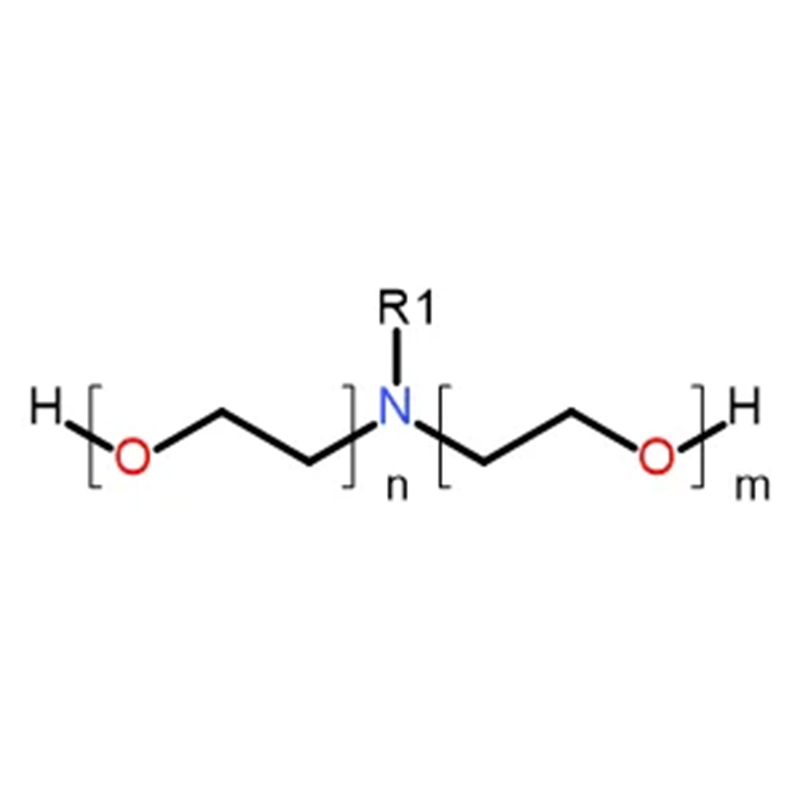Fluoxetine CAS: 56296-78-7
| Catalog Number | XD94947 |
| Product Name | Fluoxetine |
| CAS | 56296-78-7 |
| Molecular Formula | C17H19ClF3NO |
| Molecular Weight | 345.79 |
| Storage Details | Ambient |
Product Specification
| Appearance | White powder |
| Assay | 99% min |
Fluoxetine is a widely used medication with various applications in the field of medicine and mental health.
One of the primary uses of Fluoxetine is in the treatment of depression. It belongs to a class of medications called selective serotonin reuptake inhibitors (SSRIs), which work by increasing the levels of serotonin in the brain. Serotonin is a neurotransmitter that plays a crucial role in regulating mood, and by boosting its levels, Fluoxetine helps alleviate symptoms of depression.
Additionally, Fluoxetine is also prescribed for the treatment of other mental health conditions, such as generalized anxiety disorder, obsessive-compulsive disorder (OCD), and panic disorder. It can help reduce anxiety symptoms, intrusive thoughts, and repetitive behaviors associated with these conditions.
Furthermore, Fluoxetine has been found to be effective in the treatment of bulimia nervosa, an eating disorder characterized by binge eating followed by purging behaviors. It can help reduce the frequency of binge eating episodes and promote healthier eating habits.
Moreover, Fluoxetine is sometimes used off-label for the treatment of premenstrual dysphoric disorder (PMDD), a severe form of premenstrual syndrome (PMS). It can help alleviate mood swings, irritability, and physical symptoms associated with PMDD.
In addition to its mental health applications, Fluoxetine has also been studied for its potential applications in other medical conditions. It has shown promise in the management of certain types of chronic pain, such as neuropathic pain and fibromyalgia. It may help reduce pain intensity and improve overall quality of life in individuals with these conditions.
In conclusion, Fluoxetine is a versatile medication with applications in the treatment of depression, anxiety disorders, eating disorders, and premenstrual dysphoric disorder. Its role in regulating serotonin levels in the brain makes it an effective tool in managing these conditions and improving overall well-being. Additionally, it has shown potential in the management of chronic pain.









